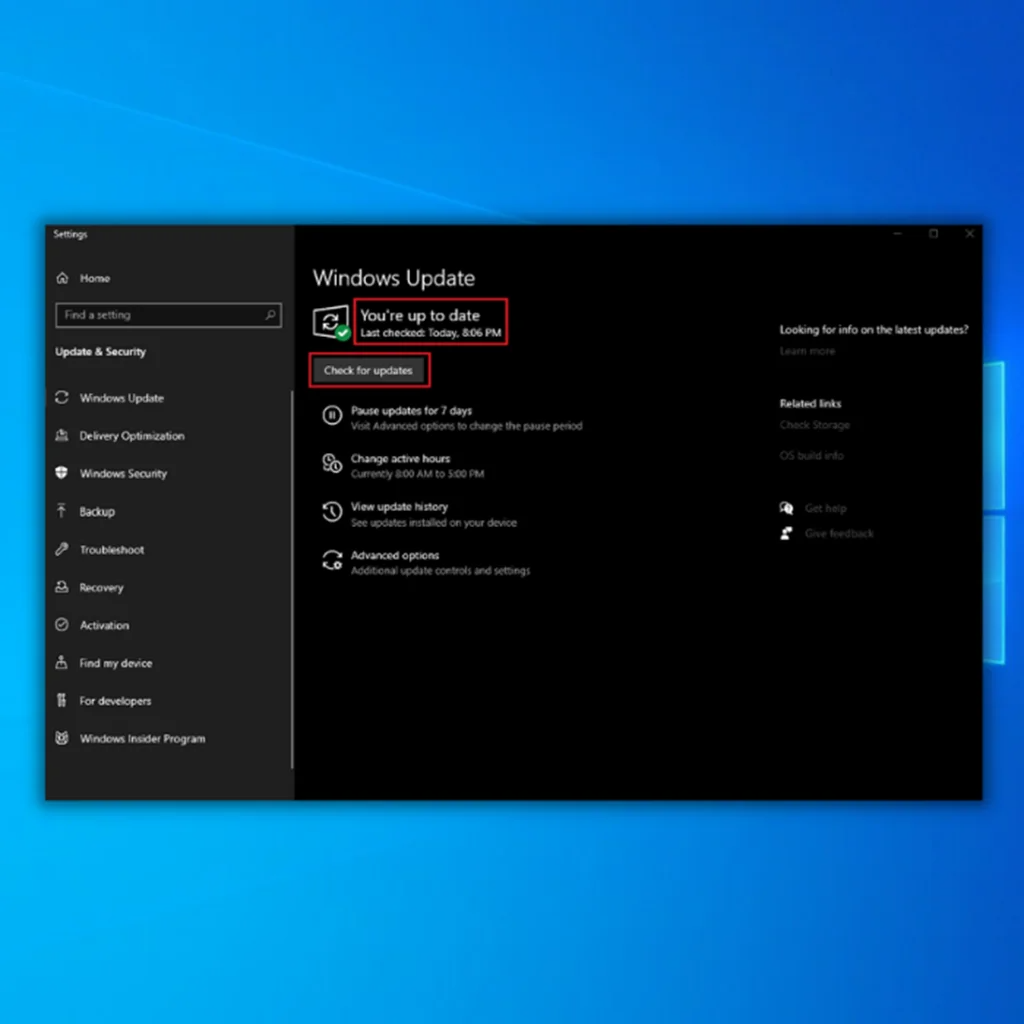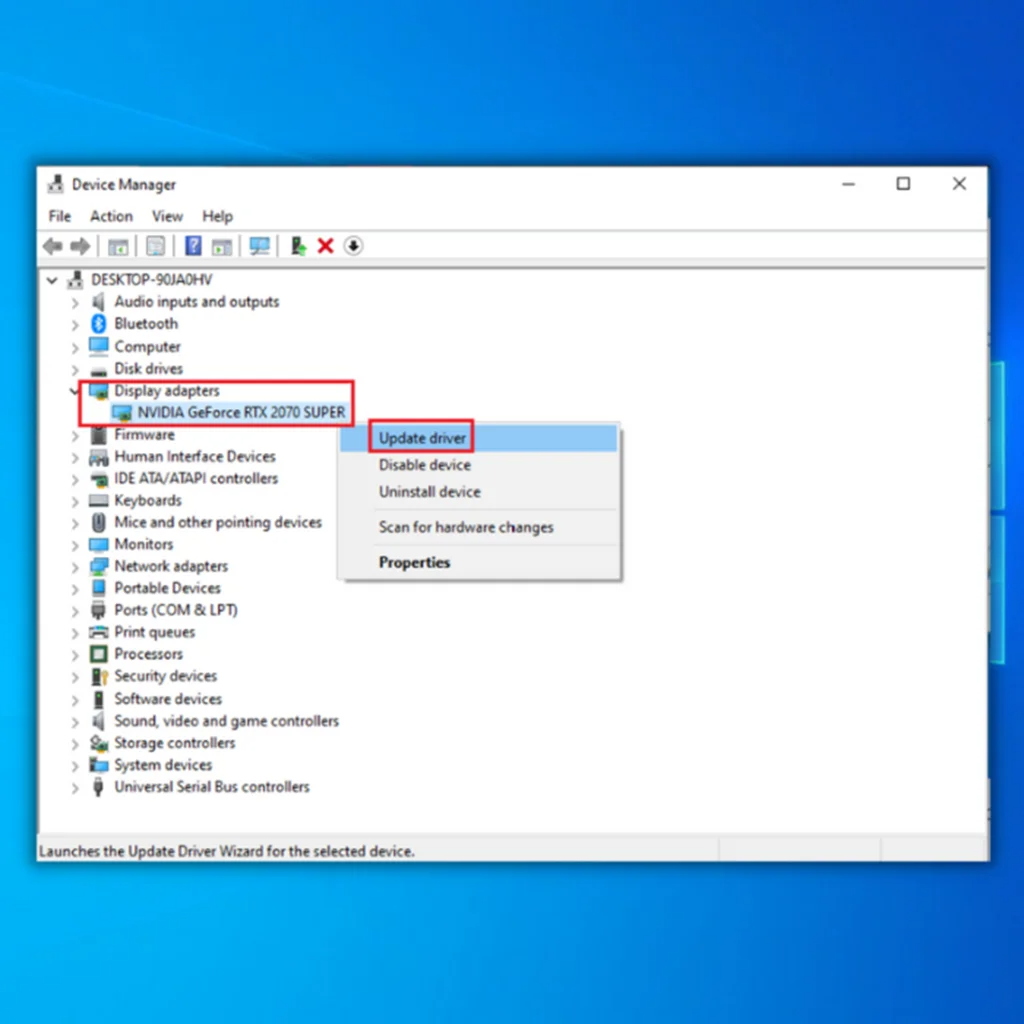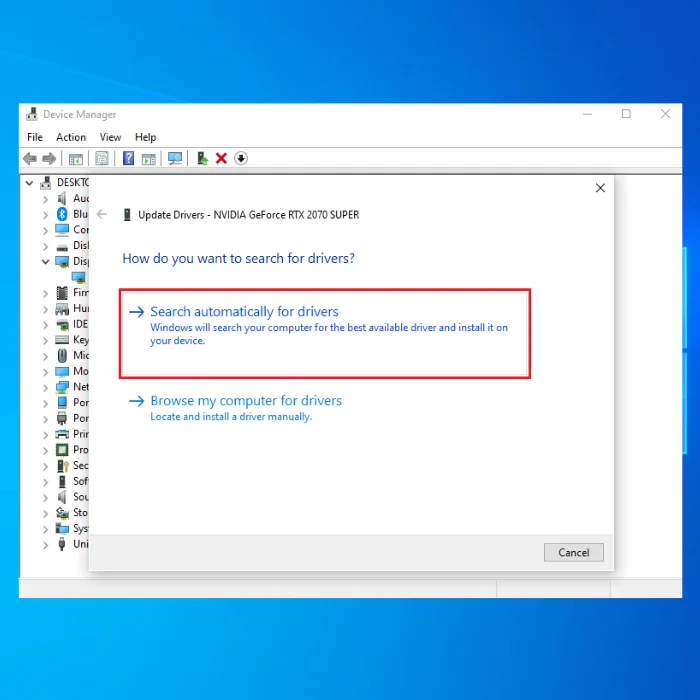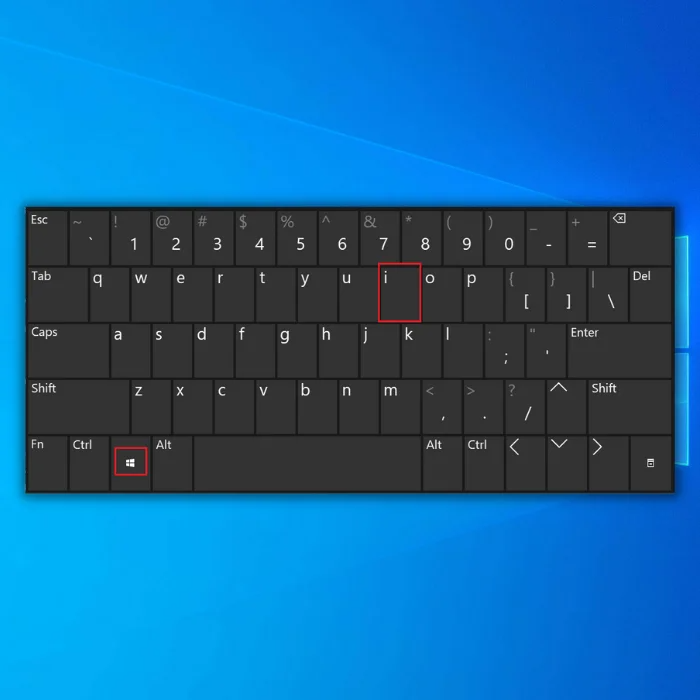
The Best Guide for Factory Resetting Windows 10
Why Would Users Factory Reset Windows 10?
The main reason users would factory reset Windows 10 is to remove all their data from the device. This can be done for several reasons, such as wanting to sell the device, give it to someone else, or start with a clean slate.
Another reason users might factory reset Windows 10 is if they are experiencing errors with the device and want to troubleshoot them. By resetting the system, all of the user’s files and settings will be removed, and any corrupt or problematic files will be replaced with default ones.
Reset Windows 10 via Boot with Advanced Methods
Due to several system errors resulting from corrupted system files, virus/malware attacks, or other operating system problems, a factory reset is the only reasonable option to secure the device. This could be done by backing up all retrievable data. Once backed up, one can run the reset process, i.e., factory resetting windows 10. Here are the steps to follow:
Step 1: Boot the device via a bootable media and click the option of repair your computer.

Step 2: In the next window, select the option of troubleshoot followed by selecting reset this PC.

Step 3: In the next window, click on remove everything. Click reset to initiate the action. As soon as the function completes, start your device to check whether the system error is resolved.


(i) Checking for Windows Updates
As the factory resetting windows 10 is completed, the next step is to check to restore windows to working mode. In this context, checking for windows updates from the settings menu. Here is how you can check for windows updates on the device.
Step 1: Launch settings via the windows main menu and select the update and security option from the settings window.

Step 2: In the update and security window, select the option of windows update, followed by clicking check for updates.

For manually downloading and installing updates, here are the steps to follow:
Step 1: Launch the settings app from the keyboard’s windows key+ I shortcut key.

Step 2: In the settings menu, select the update and security option and select windows update from the left pane.

Step 3: Check the update and click on download and install updates now. Windows will then download and install updates on your device. Restart your device.

(ii) Checking For Drivers Update
After checking or installing the windows 10 update on the device, the next step is to check for the driver’s update. As compatible drivers update is necessary for running under windows 10. Here are the steps to follow for reviewing and updating the drivers.
Step 1: In the main menu’s search bar, type device manager and double-click the option to launch it.

Step 2: Check the attached and running devices list in the device manager window. Right-click the device and select update driver from the context menu.

Step 3: In the update driver window, select Search automatically for drivers. This will initiate searching for any available update linked to the device and its drivers. If no update is available, choose the search for updated drivers option in the windows update option.

Step 4: In the windows update window, select Check for updates. If the window is updated, then select the driver’s update section. Select the option of download and install.

(iii) Restoring Personal Files to Reset PC
As the windows and drivers are now updated on the device after setting it to factory defaults, i.e., full factory reset, it’s time to restore the personal backup data (all the files) stored before the resetting process. Here are the steps to follow:
Step 1: Launch file explorer from the windows start menu. Right-click the windows icon and select the option of file explorer.
Step 2: In the file explorer window, select the option of this PC, followed by selecting devices and drives.
Step 3: Under the option of devices and drives, select storage. Double-click the option to launch a new window.
Step 5: Now select all the files backed up via ctrl+ A shortcut and right-click to select copy from the context menu.
Step 6: Select the new location on the device for storing data, and in the respective drive>folder, right-click or click ctrl+ V to paste the files.

Factory Reset Windows 10 Using Remove Everything Option/Built-In Method
If any system or data file is corrupted/damaged or leached with malware, now you want to go for the factory reset windows 10 . Using the option of removing everything option is the savior. It will remove all the data available on drives, and you can eliminate the errors. Here are the steps to follow:
Step 1: Launch settings from the windows key+ I shortcut from the keyboard. In the settings menu, select the option of update and security.

Step 2: In the next window, click on the recovery option in the left pane to launch a new window.
Step 3: In the recovery section, click on get started present under reset this PC option.

Step 4: In the next step, select the option to remove everything and select change settings.


Step 5: Enable, i.e., turn on the button for data erasure and data drives.It will remove all data from windows installation media along with all drives. Click confirm and then click reset to complete the action.


Factory Reset Windows 10 Using Fresh Start Option
Opting fresh start option for factory resetting windows 10, one is choosing something close to backing up all data before factory reset. In this context, the Windows security option can serve the purpose. Here is how you can act.
Step 1: Launch windows security from the taskbar’s search box, i.e., type windows security in search and double-click the option to launch it.

Step 2: In the next window, select the option of device performance and health.
Step 3: Now click the option of additional info present under the section of a fresh start.

Step 4: In the additional info tab, select the option of get started and click the button next to continue. Look at all apps to be reinstalled once the device is the factory reset.

Step 5: In the last step, click next, followed by clicking start to initiate the factory reset action.

If You Are Resetting Your PC due to Errors, Try Using Restore Points
There are a few reasons why restoring points is safer than using a factory reset on your PC to avoid errors. First, when you restore your PC to an earlier point, you’re rolling back all the changes made to your system since that restore point was created. Any errant files, corrupt Registry keys, or other issues that may have arisen since that restore point was taken will also be reverted.
Contrast this with a factory reset, which wipes your entire PC and reinstalls Windows from scratch. This can potentially cause more problems than it solves, as it can erase valuable data and customizations and may even result in incompatibility issues with some of your installed programs.
Restoring to a previous point is often much faster and easier than performing a factory reset. If you’re having problems with your PC and are considering a factory reset as a solution, it’s worth trying a restore point first. If that doesn’t fix the problem, you can always resort to a factory reset as a last resort.
Frequently Asked Questions About Factory Resetting Windows 10
How do I Reinstall Windows?
First, you will need to back up your essential files. Next, you will need to uninstall Windows from your computer. To do this, you can use the built-in uninstaller, or you can use a third-party uninstaller. After Windows is uninstalled, you can install it using the installation media.
How do I Factory Reset a Windows Laptop?
Factory resetting a Windows laptop can be helpful if you are experiencing problems with the device or want to sell it. To factory reset a Windows laptop, you must access the recovery menu. This can usually be done by pressing a specific key combination during the device’s startup process. For example, on a Dell laptop, you would press F8 while the computer is starting up. Once you are in the recovery menu, select the “reset your PC” option. Follow the on-screen instructions to complete the reset.
What are Factory Settings?
Factory Settings on a PC are the settings that the PC initially comes with when it is first turned on. The user can change these settings, but the PC will always revert to its Factory Settings after a restart or power outage. Factory Settings usually include the default username and password and the default settings for the operating system and other software programs.
How do I Restore Preinstalled Apps?
There are a few ways to restore pre-installed apps on a device. One way is to use a software restoration utility like ClockworkMod or TWRP, and another is to use the command line tool ADB.
Can I Install Windows After Factory Resetting My OS?
The factory resetting of an OS removes all user data and settings and restores the OS to its original condition. This can be helpful in troubleshooting or resolving issues with the OS, but it also means that any data or files that were not backed up will be lost. Because of this, factory resetting an OS is generally not recommended if there is any chance that the user data or files may be needed later.
Will a PC Factory Reset Delete My Microsoft Account?
A PC Factory Reset will not delete your Microsoft account. The only way to delete your Microsoft account is to go to the Microsoft account website and select “delete your account.”
Will a Factory Reset Erase Important Data?
A factory reset will erase essential data on a Windows PC if it is performed while the PC is turned on, and the data will not be erased if the PC is turned off.




![[Full Guide] How Do I Sync My Settings In Windows 10](https://cdn.techloris.com/app/uploads/2021/10/Windows-10-Sync-Settings.png)